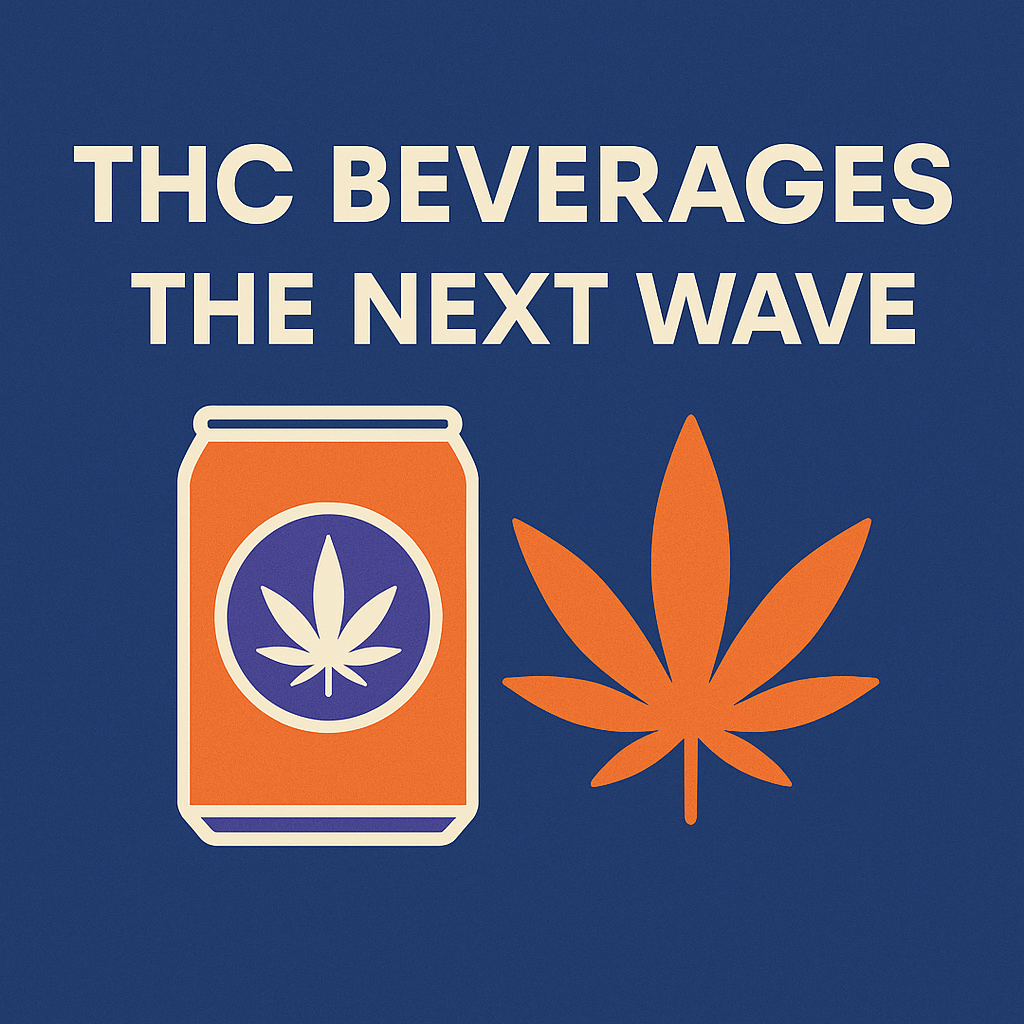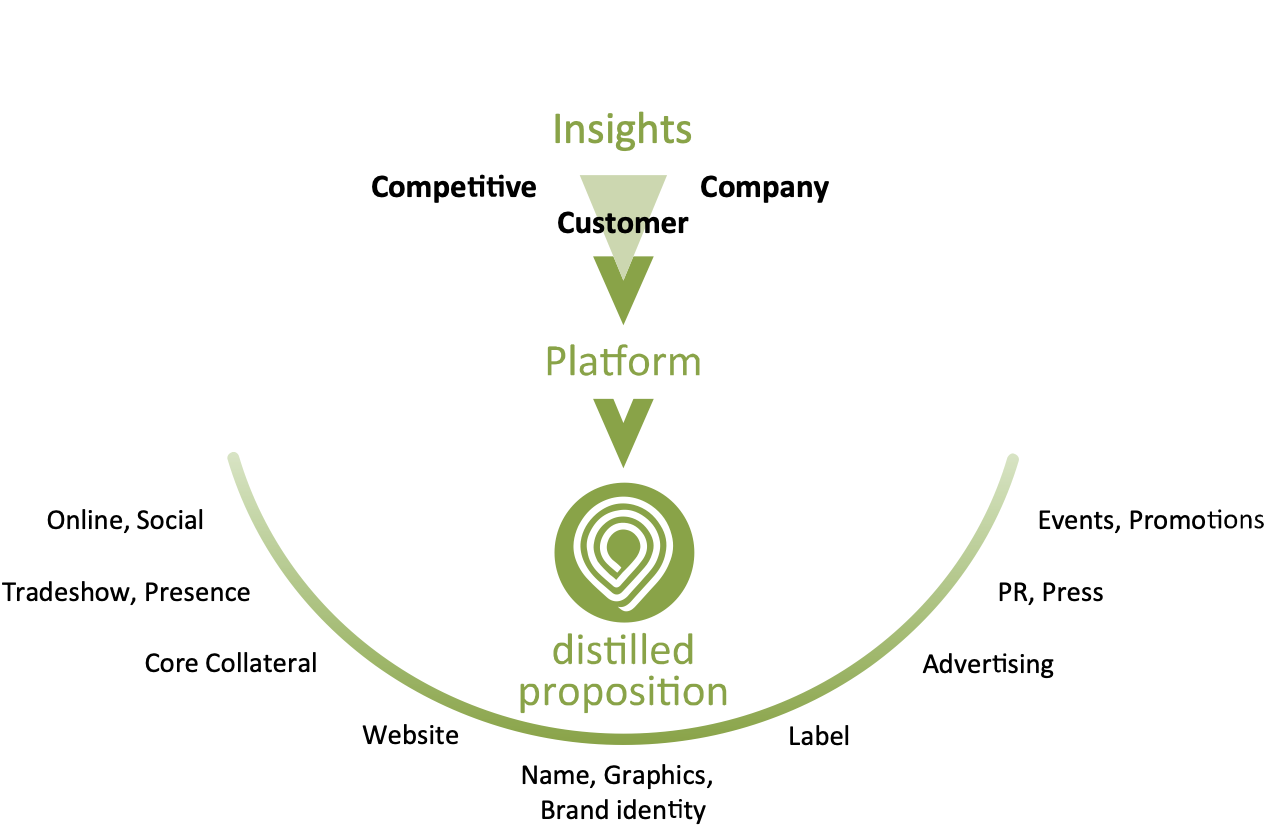The functional beverage space is evolving—fast. What started with protein shakes and vitamin waters has transformed into a sophisticated market…
East Meets West: Unraveling the Contrasts and Innovations in the Asian and American Beverage and Snack Markets
The non-alcoholic beverage and snack business in Asia represents a dynamic and rapidly evolving market, distinct in many ways from its counterpart in the United States. This article delves into the nuances of these markets, exploring statistical insights, market differences, and strategies for successful product launches.
Market Overview
Asia’s Non-Alcoholic Beverage Market: Asia’s non-alcoholic beverage market is diverse, with tea, coffee, soft drinks, and functional beverages being popular. The market is driven by a growing middle class, health trends, and local preferences. According to a report by Mordor Intelligence, the Asian non-alcoholic beverage market is projected to grow at a CAGR of 5.5% from 2020 to 2025.
Asian Snack Market: The Asian snack market is characterized by a preference for savory and spicy flavors, with a strong presence of local and traditional snacks. The market is expanding, thanks in part to urbanization and the increasing popularity of convenience foods. A Euromonitor report highlighted that the snack market in Asia Pacific is expected to see a CAGR of 3% from 2021 to 2026.
U.S. Non-Alcoholic Beverage Market: In contrast, the U.S. market leans more towards carbonated soft drinks, although there is a growing demand for healthier options like infused water and plant-based beverages. According to Statista, the revenue in the non-alcoholic drinks market amounts to USD 256 billion in 2023.
U.S. Snack Market: The U.S. snack market is dominated by sweet snacks like chocolate and cookies, alongside salty snacks such as chips and pretzels. The market is seeing a shift towards healthier, organic snacks, with an expected CAGR of 2.7% from 2021 to 2026, as per a report by Grand View Research.
Market Differences
Cultural Influences: Asian markets are heavily influenced by local tastes and cultural preferences, such as the popularity of matcha in Japan or masala-flavored snacks in India. In the U.S., consumer preferences are diverse but lean towards familiar flavors like chocolate, vanilla, and barbecue.
Health Trends: Both markets are seeing a rise in health-conscious consumers. However, in Asia, this often translates into a preference for traditional health foods and beverages, whereas in the U.S., there is a greater emphasis on modern health trends like keto or vegan diets.
Packaging and Branding: Packaging in Asia often features bright colors and characters, catering to aesthetic preferences. In the U.S., packaging tends to be more straightforward and information-driven, focusing on health claims and ingredient transparency.
Optimal Launch Strategies
Launching in Asia:
- Localize Products: Tailor flavors and ingredients to suit local tastes and preferences.
- Health and Wellness Focus: Highlight natural ingredients and health benefits.
- Strategic Partnerships: Collaborate with local distributors and retailers to gain market insights and access.
- Digital Marketing: Leverage social media and e-commerce platforms, considering the high internet penetration in many Asian countries.
Launching in the U.S.:
- Health-Conscious Branding: Emphasize organic, non-GMO, or other health-related attributes.
- Innovative Flavors and Packaging: Stand out with unique flavor profiles and environmentally friendly packaging.
- Retail and Online Balance: Utilize a mix of traditional retail channels and online platforms for broader market reach.
- Influencer Marketing: Engage with social media influencers to reach target demographics.
Conclusion
While the non-alcoholic beverage and snack markets in Asia and the U.S. share some similarities, notably the rising health consciousness, they differ significantly in terms of consumer preferences, cultural influences, and market dynamics. Understanding these nuances is key for brands looking to successfully launch products in these distinct regions. For companies like Cascadia Managing Brands, adept in brand management and marketing, these insights offer a roadmap for navigating the complexities of these diverse markets.







